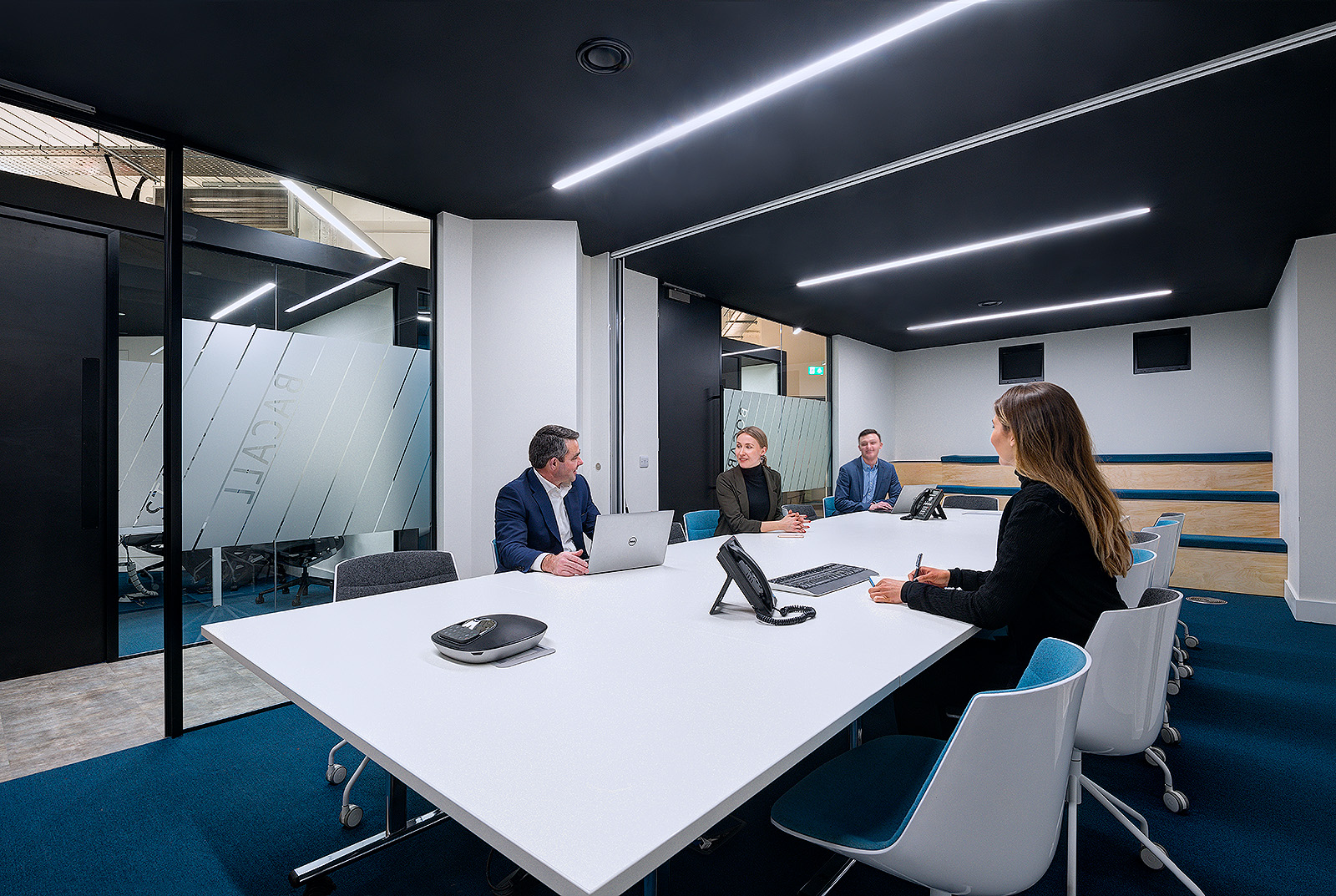How can workspace design develop winning culture?
Leaders interested in creating strong culture, look at developments in workplace design — from open plan design modelling, to acoustic pods and huddle spaces — and say, “that would help us.” But the reality is more complex and needs a more research-based approach.
- BE REALISTIC.
Workplace design should always start with a question, and a good place to start is “How will this affect our staff and the way they work?” It’s not necessarily a bad thing to be inspired by design trends and it’s true that design solutions develop for good reasons. But benchmarking your own workplace appearances against the appearances of your competitors or another workspace you’ve seen and admire won’t serve you as well as basing design around your employee’s needs and your own business culture. Understanding and being able to communicate your cultural strengths and weaknesses will be an important point of departure in creating good design solutions for your business.
- ALIGNMENT WITH BUSINESS STRATEGY.
Business strategy can also play a leading role in the development of good design. Strategic intents such as expansion, increased collaboration between teams or de-layering of corporate structure are all important factors which influence office space planning.
Understanding how the design of the workspace can support and inform these strategic goals is important before budgets are cast in stone. Investing in the built environment in the right way can transform a business as much as a re-brand or a new marketing strategy. Attempting to cut costs by reducing space will need to be done with caution because misaligning the workplace with the company’s culture and work processes can have a negative effect.
Irrespective of whether the design emphasis is for open and social spaces, or a more traditional and cellular pattern, it’s important to understand that design features are tools which can help solve workplace challenges but are not stand-alone strategic solutions themselves. Successful workplace design requires thinking in a much wider business context and in a way which is informed by the needs of each business unit or team.
- CORPORATE BRANDING AND WORKPLACE DESIGN.
Workplace design should be a genuine representation of the corporate values and brand, which extends well beyond logos, fonts and colour palettes. A corporate brand encompasses an organisation’s experiences, history, culture, operations and the story behind its value proposition. Provided it’s authentic, the brand will extend to all departments and across all layers within the organisation and good workplace design should have a similarly all-encompassing impact.
The look-and-feel piece that supports any well-considered design concept should always be supported by a detailed assessment of what the culture of an organisation is, what they do, how they do it and what the aspirations of the leadership and staff are. Whilst the sharing of good design practice between industries has created some overlap in the design features we observe across different sectors, this has to be done intelligently if it’s going to be effective.
A modern or raw industrial aesthetic that feels cold and unfriendly to a personable professional services firm could be a just right for a media or tech company. It’s important to understand that staff and customers can easily detect inauthenticity or design misrepresentation. If you are hoping to shift your work culture, do it in ways that are organic and can be explained by reference to your own individual workplace culture.
Design is an important way of complementing and elevating your corporate identity and can make real, measurable improvements to your business culture. Properly understanding and tabulating the pain points or cultural weaknesses which exist within an organisation will enable design solutions which attract and retain talent, consolidate positive practices and give organisations a renewed sense of direction.

